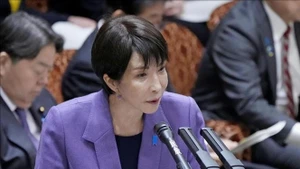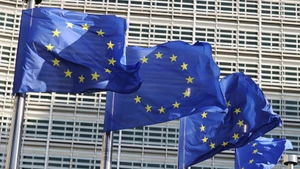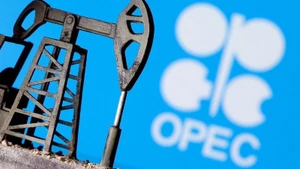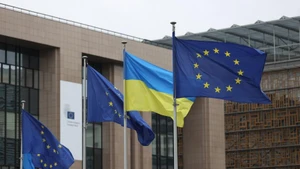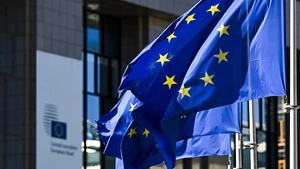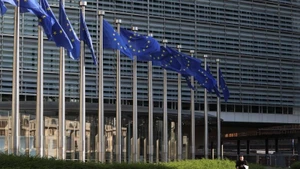The speed of vaccination against COVID-19 in developed countries and the continuous introduction of relief packages have served as a “booster” for the global economy. According to WB forecasts, the world economy will expand 5.6% in 2021, faster than the forecast made in January. Among major economies, US growth is projected to reach 6.8%, an unprecedented rate in the past few decades, and China is anticipated to rebound to 8.5% this year. Notably, despite being severely ravaged by the pandemic, South Asia is forecast to see faster economic recovery than expected, with 6.8% in 2021. GDP of India, the largest economy in this region, is forecast to grow 8.3% in the 2021-2022 fiscal year, driven by plans to increase spending on infrastructure, rural development and health, as well as the stronger-than-expected recovery of service industries. Better growth prospects have offset the significant damage caused by COVID-19 to economic activity. However, the sharp rise in the number of infections in South Asia, especially in India, and the slow pace of immunisation in some countries in the region are making the recovery unlikely to help narrow the gap with pre-pandemic trends. The WB forecasts that India’s economic growth will slow down to 7.5% in the 2022-2023 fiscal year.
With positive indicators, Latin America and the Caribbean, the region heavily affected by the pandemic and tightened travel restrictions in a number of countries, have also witnessed positive signs of economic recovery. The regional economy is projected to expand 5.2% in 2021, higher than the previous forecast of 3.2% issued at the beginning of the year. However, this will also depend on the progress of the inoculation programme, measures to ease social distancing and the possibility of an increase in the price of raw materials in the world market. The two largest economies in the region, Brazil and Mexico, are forecast to record encouraging growth in 2021. Brazil’s economy is projected to grow 4.5% in 2021, supported by a fresh round of emergency payments to households and benign domestic and international credit conditions. Meanwhile, Mexico’s economy is projected to expand by 5%, as the manufacturing industry and the services sector are expected to benefit from the increased export demand associated with robust growth in the US.
Growth in Central America is expected to reach 4.8% this year thanks to robust remittances and commodity price rises. However, according to the WB’s assessment, employment in Latin America and the Caribbean has not returned to pre-pandemic levels. Income losses have worsened poverty and food security in many countries.
Although the “economic picture” has become brighter in many countries and regions, the growth rebound in the short term may not be able to offset the fact that the pandemic has affected the poorest countries, with greater impacts on the vulnerable groups. The WB warned that poor countries are being left behind and it will take years to return to pre-pandemic growth levels. This financial institution has reduced its growth forecast for about 40% of emerging markets and developing countries. Therefore, if the rise of the world’s second largest economy, China, is not taken into account, these countries will only grow by 4.4%. The WB report also slashed forecasts for low-income countries this year and in 2022 with growth expectations of just 2.9%, the lowest in two decades (excluding 2020). The WB warned that by the end of 2021, more than 100 million people will fall back into extreme poverty. WB economist Ayhan Kose said that it will not be until 2023 or beyond that most economies will return to pre-pandemic growth levels.
The “health” of the global economy is gradually “recovering” after the pandemic, but still depends largely on the speed of “vaccine coverage” around the world. WB Group President David Malpass emphasised that globally coordinated efforts are essential to accelerate vaccine distribution and debt relief, particularly for low-income countries. This is also the issue of concern among other financial institutions, including the International Monetary Fund (IMF). In addition to the initiative of debt relief for poor countries, the IMF Managing Director affirmed that immunising people around the world is the most effective solution to promote global growth in the short term. As estimated by the IMF, accelerating the vaccination campaign could boost the recovery of economic activity, thereby generating about US$9 trillion in global economic returns by 2025.





